Everester – Sunil Nataraj, EGMP (20) 2011
We often hear the phrase “you can achieve anything if you put your mind to it”, but few of us make a concerted effort to align our intentions with our actions. However, Sunil Nataraj is an exception to this rule. In just 11 years, he transformed his dream of climbing Mount Everest into a reality. He firmly believes that three attributes are necessary to turn our dreams into reality: patience, positivity, and perseverance.
This interview with Sunil is a testament to the incredible power of the human mind, resilience, and determination. Through his experiences, he has demonstrated that anything is possible if we remain committed to our goals and believe in ourselves.
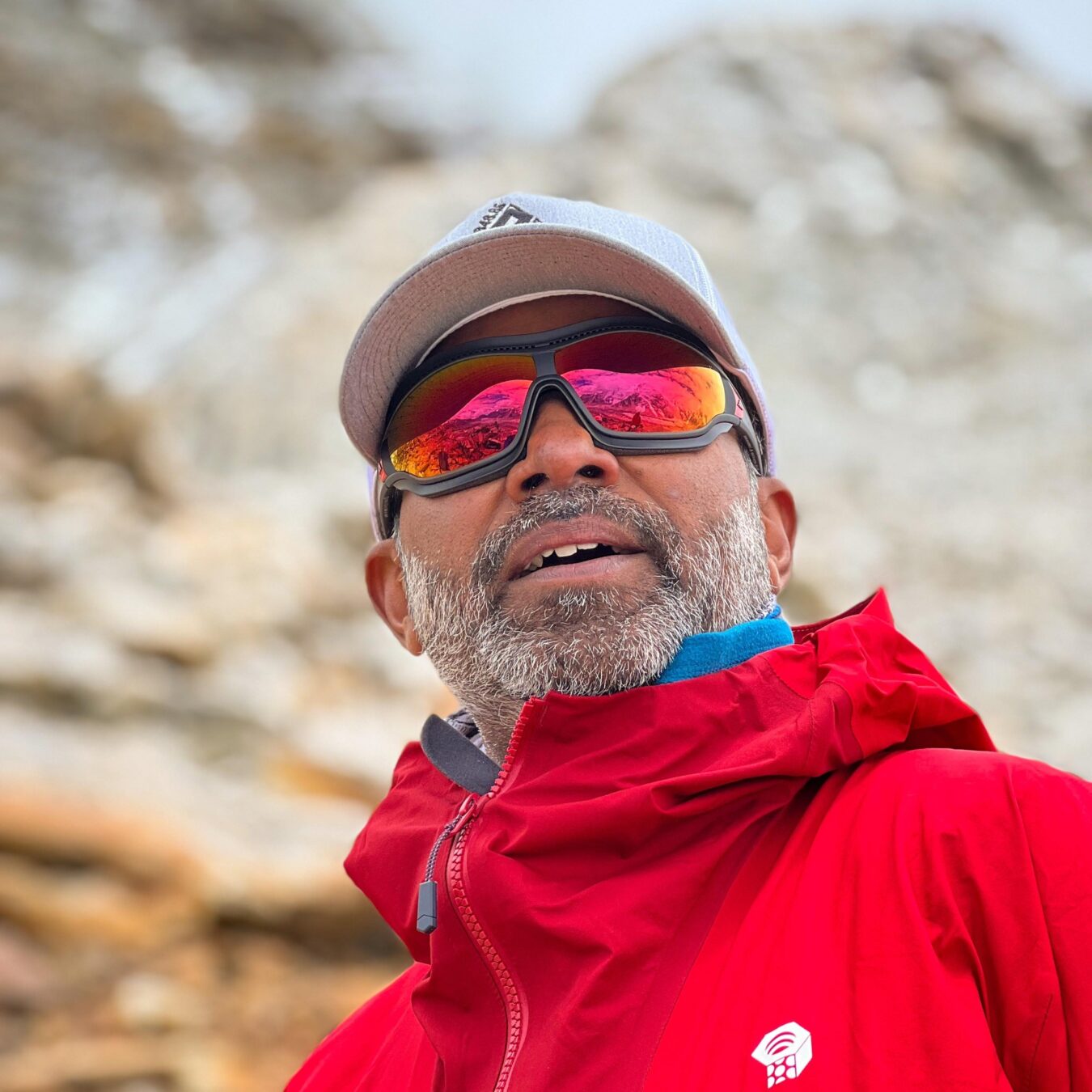
Please tell us a little bit about yourself.
My name is Sunil Nataraj and I’m from Bengaluru. I’m a Director of Product Marketing at a leading Semiconductors company. I believe in creating new possibilities for myself and the people around me and that’s what keeps ticking in my heart. Fortunate to have a beautiful family and they have been a pillar of strength.
How did you become interested in High Altitude Climbing?
It all started off with a simple thought. A mountain flight that was supposed to take us around Everest got cancelled and the first thought that came up was “Why the hell should I see Everest from a flight when I rather see the world from its peak”. This thought was so motivating enough that it became a living dream for me to pursue everything needed to be on the peak of Everest
What are the challenges associated with high-altitude climbing, and what options are available for training in mountaineering skills in India?
Apart from being an uncommon and unrecognised sport, high-altitude climbing is also a very expensive affair. The expedition costs and the price of mountaineering gear are humungous. Any peak higher than 6000 Mts needs expert training to use ropes and harnesses. Peaks above 7000 Mts need a different level of training altogether and the ones above 8000 Mts need an extreme level of preparation.
There are excellent Mountaineering Institutions in India that offers Basic and Advanced Mountaineering courses and since these are Govt. institutions, the fee is very affordable.
I was above the age limit to get admission to these institutions and I learnt all of the skills required in the live mountains in Nepal under the guidance of my mentor; Lakpa Sherpa, an excellent climber and owner of one of the popular Expedition companies in Nepal.
Can you describe some of the climbs you’ve undertaken? Is there one climb that stands out as your personal favorite?
My very first climb was in Oct 2021 when I summited a 6000 Mts peak in Nepal called Lobuche East. The second climb was in Nov 2021 where I attempted a 7000’er called Himlung and had to be rescued due to a 3rd degree of Frostbite on my nose. Both these Mountains taught me years and years of climbing lessons in just 2 months.
The third climb was to the tallest peak; Everest in May 2022 followed by Ama Dablam (6856 Mts) in Oct 2022. Ama Dablam is the most technically challenging peak in the world and this has been my favourite so far.
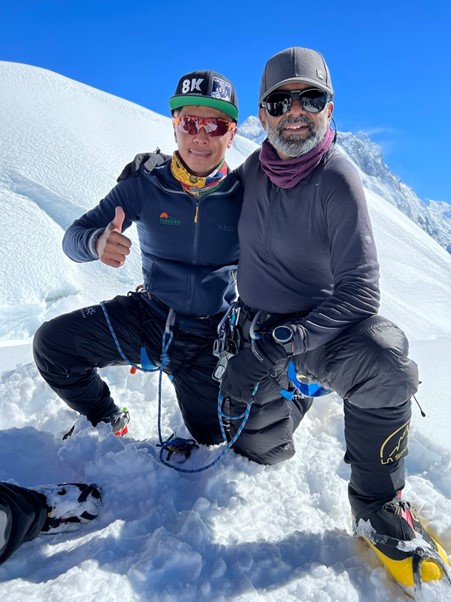
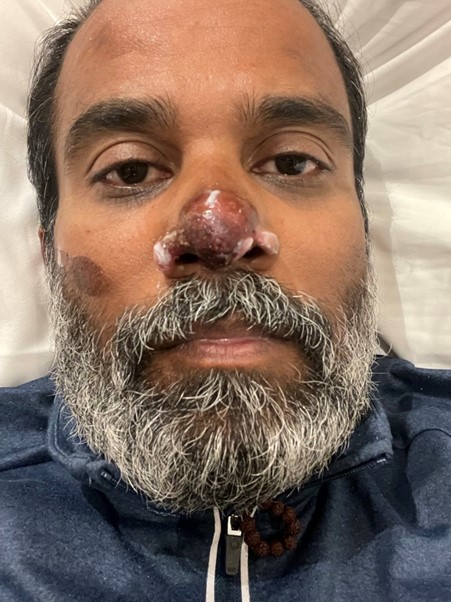
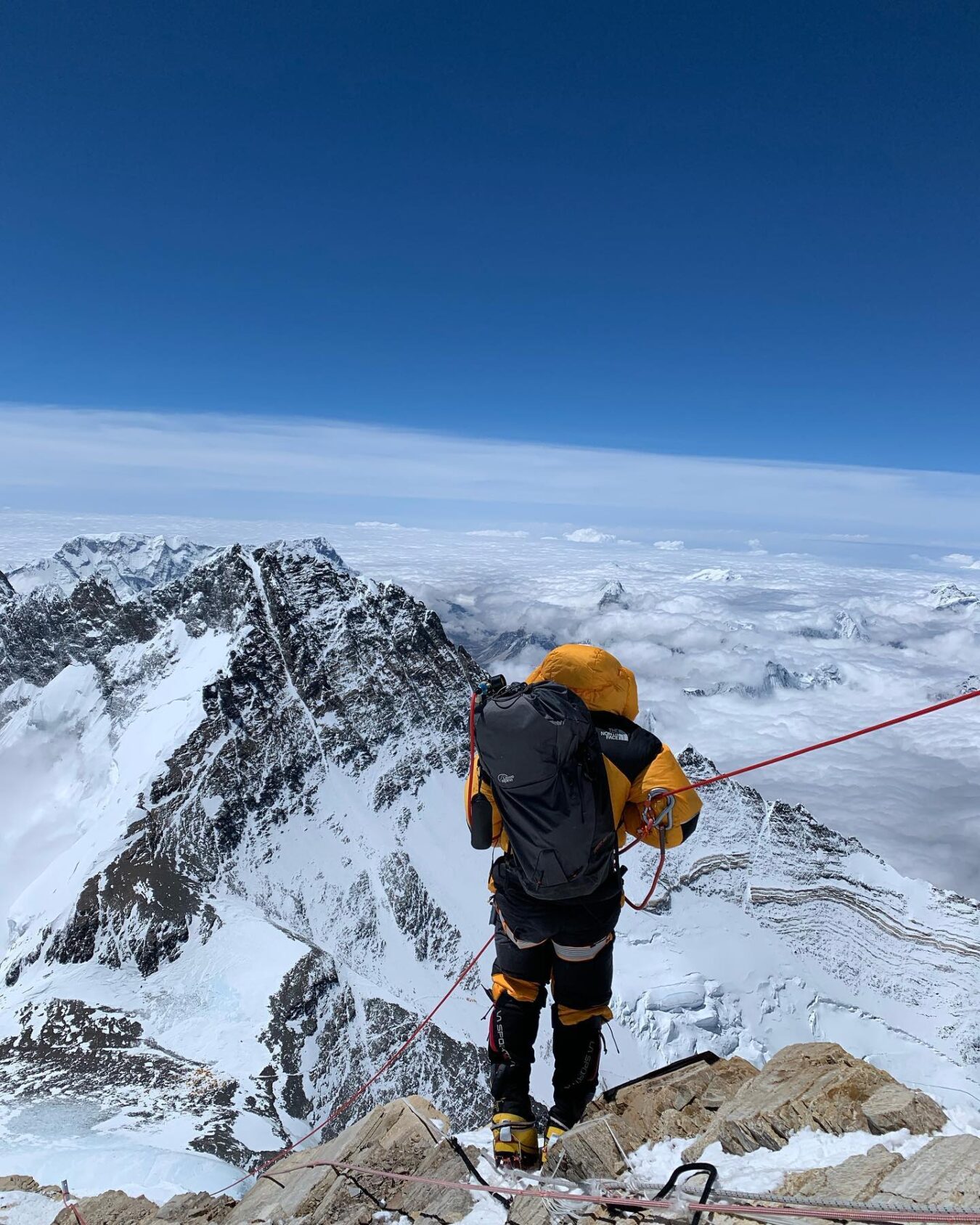
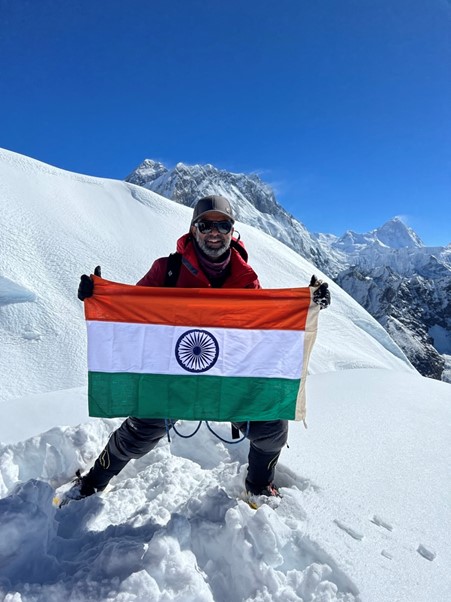
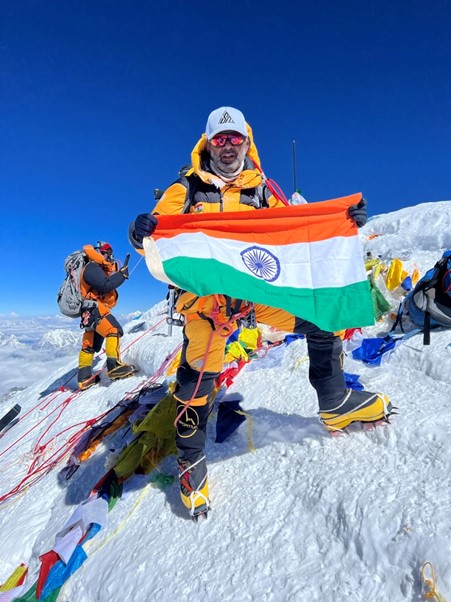
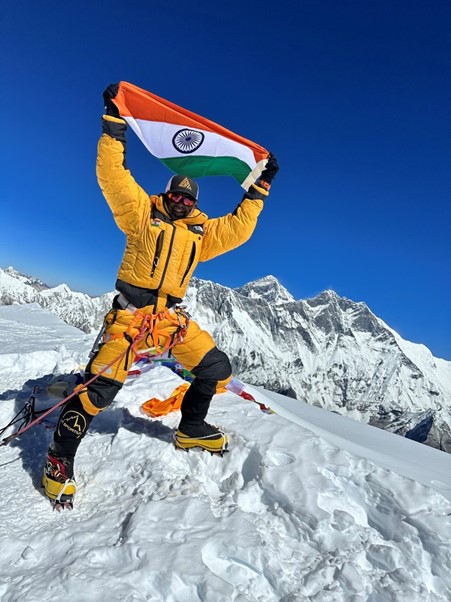
What was your immediate response upon reaching the peak of Mt Everest?
The first thoughts after reaching the peak is something I can’t put into words because my mind probably went completely blank. It was after a few minutes, I realised that I was now one among the only 6000+ climbers to date out of the 8 Billion population to have seen the world from the highest point on Earth. I then hugged Tsering Pemba Sherpa, my guide with a huge sense of gratitude and mentally thanked my Family and the Divine for making it possible. I was on the top for almost 30 minutes before starting the climb down and I had to make sure I reach the base camp safely. 99% of the deaths on Everest happen during the descent. So my summit was only 50% successful, I still had to complete the remaining 50% to consider this a success. And the second 50% was to get back to family in one piece and fully alive.
Everest is a special climb for all mountaineers, what has been your takeaway?
Everest attracts elite climbers from across the globe, every climbing season. Not all of them are fortunate to be at the peak and there are eventualities every year. For me, Everest was the manifestation of a simple dream back in 2011 to a reality in 2022. And I’ve realised that as Human beings, we have the potential to create new possibilities, go beyond what our mind tells us and create our future. This has been my biggest takeaway from Everest.
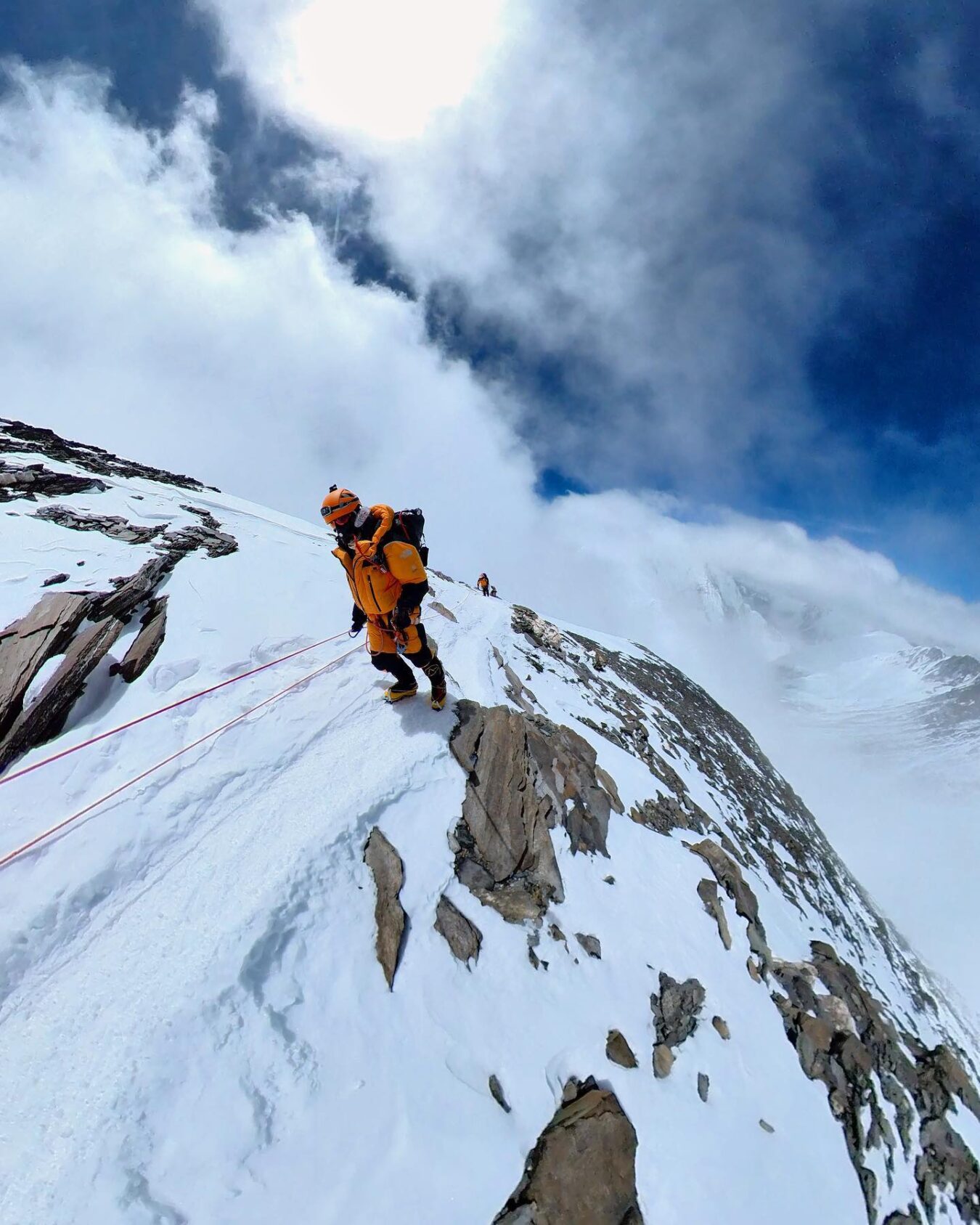

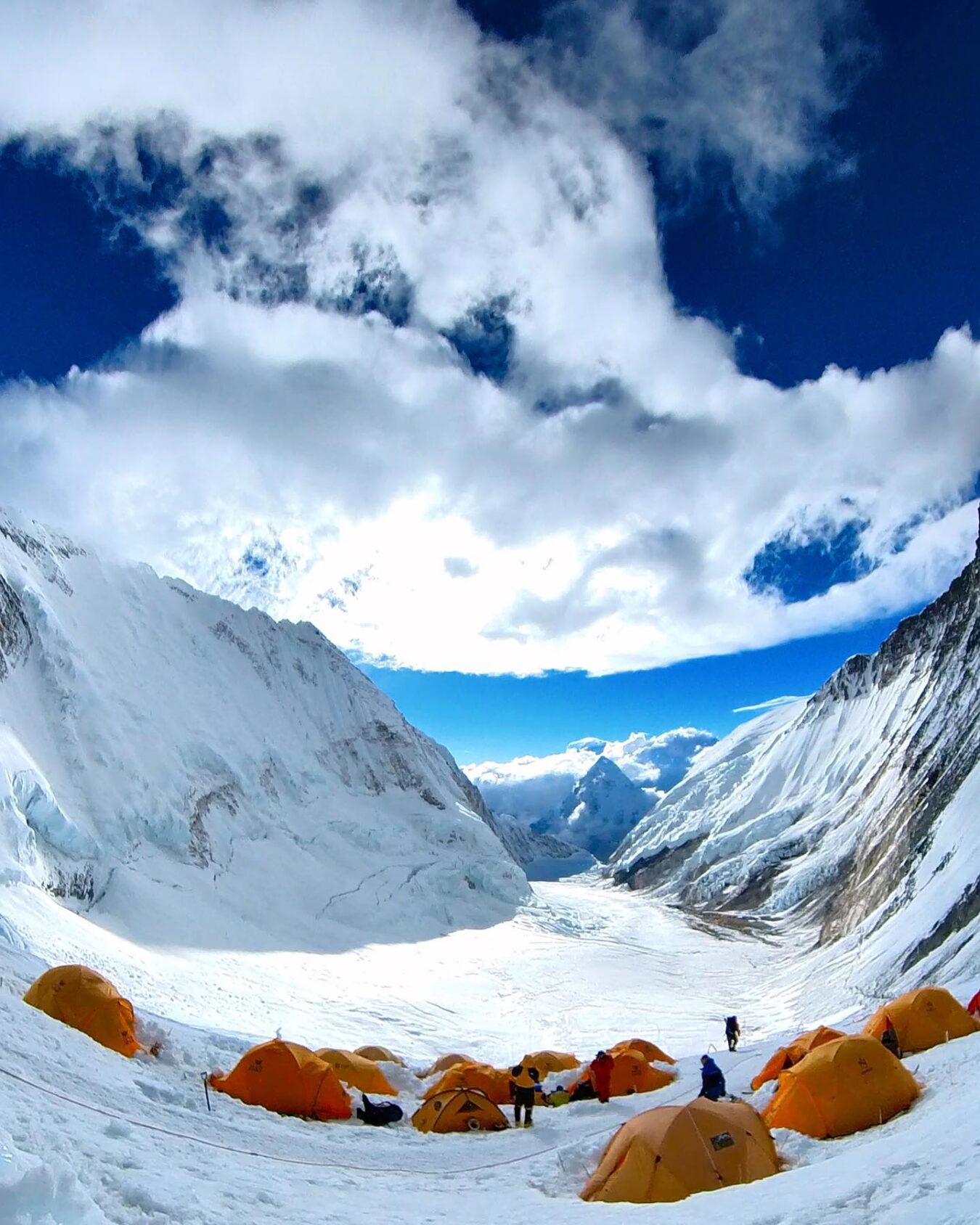
What is the planning process like for a climb? When do you typically start planning, and what steps do you take?
When you are up high in the death zone on a big Himalayan peak, underperforming isn’t about small injuries. It’s about losing life or perhaps a few critical body parts. The stakes are high where there is real flesh in the game. And it becomes critical that we prepare to a level where we do everything humanly possible.
Every climb is different and needs a different level of preparation. I usually start preparing for a climb around 125 days before my expedition. 125 days are what I have realised that I need to build the required strength, endurance and muscle memory.
I follow a process of Strength Training, Cardio, Mental Endurance, Yoga and Diet. All these aspects are equally important to summit a big mountain. 3 days per week of Strength Training in the Gym, Running outdoors to build cardiovascular strength, ultra-distance cycling to build Mental Endurance, and Yoga to develop flexibility and mobility. Diet is something I have to re-emphasis; I cannot afford to carry additional fat in my body and hence I moderate my diet to include a sufficient level of carbs, proteins and fat.
What life lessons have you gathered on your mountaineering journey? Are there any learnings you’d want to share with us?
Mountains have the power to teach us lots of lessons…. Provided we are receptive to them. They are my mentors and I allow the mountains to tough my ego and fully surrender to them. Once you allow your ego to be touched by external forces, then things transform and that’s what has happened to me.
The biggest lesson I have learnt is that we need three critical attributes to manifest our dreams to reality; Patience, Positivity and Perseverance.
Patience because some dreams can take years to manifest. Like in my case it took me 11 years. Positivity is a must in order to continue pursuing our dreams in spite of external challenges. Perseverance is needed because you need to do the same things again and again; like training each and every day, to do what’s needed at the moment.



Are you preparing for your next mountain ascent? What will be the location?
I have continued to climb high-altitude peaks and will be summiting Lhotse (8516 Mts) in May 2023, Manaslu (8100 Mts) in Sept. And Kanchenjunga (8586 Mts) in May 2024.
All these peaks are in Nepal. With Kanchenjunga and Lhotse being the 3rd and 4th tallest peaks in the world respectively
What motivates you to continue pushing forward?
My goals are bigger than my excuses. And that’s what is key to my consistency.


